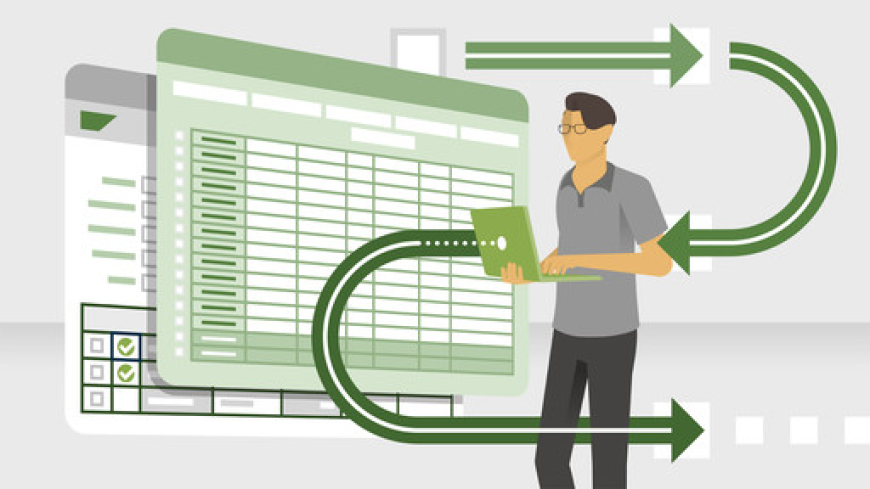What Is Asset Accounting In SAP?
Asset Accounting in SAP manages company assets, tracks their lifecycle, ensures accurate valuation, and integrates with financial accounting.

Introduction
SAP Asset Accounting (FI-AA) is an important part of the Financial Accounting (FI) system that deals with managing and monitoring a company's fixed assets throughout their lifespan. It lets businesses systematically and in accordance with rules document, track, and report asset-related transactions including acquisitions, transfers, depreciation, and retirements. It guarantees consistency and correctness across financial records by smoothly connecting with other SAP systems such Controlling (CO), Materials Management (MM), and Project Systems (PS). Refer to the SAP Course in Pune with Placement to learn more about SAP Asset Accounting. Real-time asset data management of SAP Asset Accounting improves financial transparency and decision-making by supporting regulatory and corporate reporting requirements.
All About SAP Asset Accounting
SAP's Asset Accounting (FI-AA) is a sub-module of SAP Financial Accounting (FI) that focuses on managing and tracking a company's fixed assets. It offers features and tools for measuring depreciation, tracking asset values, and making sure financial and legal reporting requirements are adhered to. SAP Asset Accounting guarantees that the system accurately records every asset's lifecycle—from acquisition to retirement.
Functions of Asset Accounting
1. Asset Master Data Management
Every asset in SAP is represented by a master record with information on asset class, cost center, location, and useful life. Asset classes specify the kind of asset (e.g., equipment, cars, structures) and decide what accounting standards and depreciating techniques are relevant.
2. Transactions In Assets
These include:
- Acquisition: Assets can be obtained either via internal production or external sourcing, purchase from suppliers.
- Transfer: Assets can be moved either between business codes or cost centres.
- Retirement: This includes asset selling or scrapping.
- Adjustment: You can change or revalue asset data depending on corporate demands.
3. Depreciation Calculation
Several predefined rules guide SAP's automatic depreciation calculations. Depreciation areas (such as book depreciation, tax depreciation, and cost accounting) specify how and where depreciation is recorded. You can run depreciation simulations, post planned or actual depreciation, and track accumulated depreciation per asset. Consider checking the courses by the Best SAP Coaching in Bangalore for more information.
4. Integration with Other SAP Modules
Other SAP modules are connected with Asset Accounting:
- SAP FI (Financial Accounting) guarantees entries to the general ledger accounts.
- SAP MM (Materials Management) handles the procurement of capital products.
- SAP CO (Controlling) enables cost center or internal order asset tracking.
- SAP PS (Project System) links project activities to assets under construction in
5. Asset Audit and Reporting
SAP provides comprehensive statistics for asset balances, transactions, depreciation, asset history sheets, and retirements. Audits, internal analysis, and financial reporting benefit from these reports.
SAP's Asset Lifecycle
- Asset Under Construction (AuC): It monitors expenses for assets under construction or development. Once the asset is prepared, it is capitalized and transferred to an operational fixed asset.
- Capitalization: It is used for transferring AuC to a capital asset and activating the depreciation results.
- Useful Life and Depreciation: Depending on the preferred method (straight-line, declining balance, etc.), the asset depreciates over its useful life.
- Retirement or Disposal: Assets are scrapped or sold, and the returns are recorded accordingly.
Advantages of SAP Asset Accounting
- Accurate Financial Reporting: Legal and corporate accounting standards serve as alignment points for accurate financial reporting.
- Automation: Asset Accounting in SAP helps cut manual effort in asset tracking and depreciation.
- Real-time data: SAP Asset Accounting lets one make instant reports and judgments.
- Audit: Regular audits help maintain asset history efficiently.
Conclusion
Asset Accounting in SAP is an indispensable tool for effectively managing a company's fixed assets. It automates asset lifecycle management, integrates with key SAP modules, ensures regulatory compliance, and provides real-time insights. Aspiring SAP professionals can learn from SAP Training in Noida for the best guidance and opportunities. For finance teams, it reduces workload while increasing accuracy, making it vital for companies seeking to maintain financial integrity and simplify operations.




